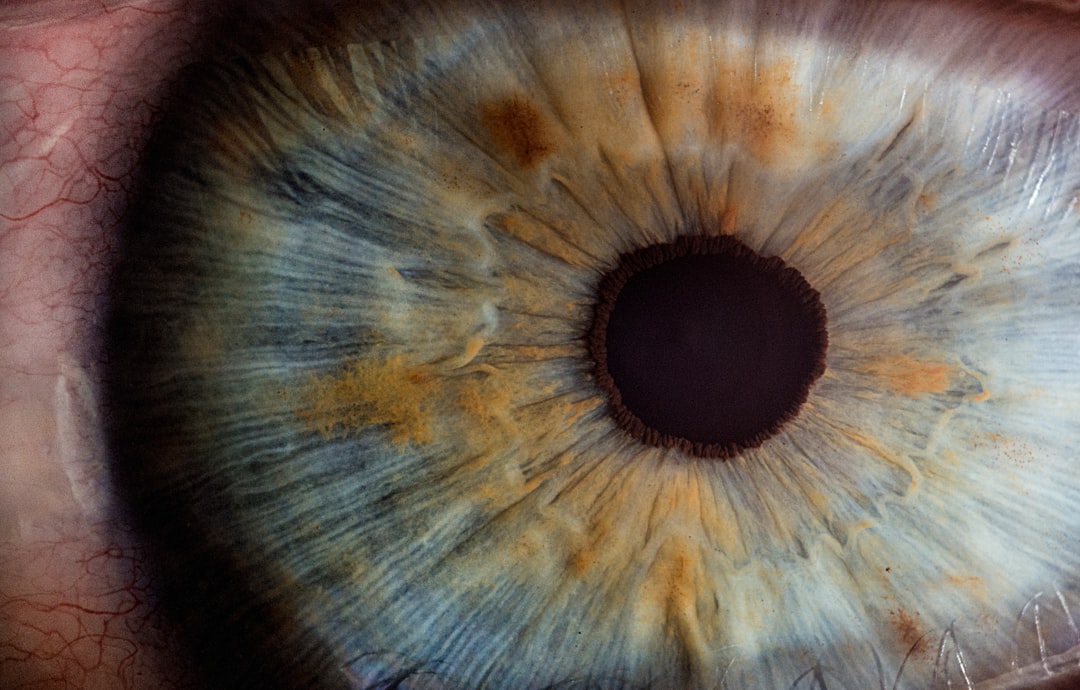What is it about?
Horse breeding has a centuries-old tradition in Germany. In the 20th century, the field of use changed from cavalry or agriculture to sports, where the horse is a valued partner in various equestrian disciplines and leisure. Through selection, the choice of specific horses for breeding, man distinctly influenced the expression of a wide range of attributes from body size and colour to athleticism and fertility. These breeding interventions leave traceable footprints of selection processes in the genomes of the horse population. We can use such selection signatures to investigate which genome regions or genes contribute to the expression of the traits that of interest and within the focus of breeding goals.
Featured Image

Photo by Marylou Fortier on Unsplash
Why is it important?
By gaining knowledge about which genomic regions have been under particular pressure through selection in the past, we can draw conclusions about which genes may be important for the expression of certain traits. For example, we were able to determine that in the sport horse, genes that contribute to muscle functionality, energy metabolism and growth, as well as embryonic development and fertility of the animals were (unconsciously) the focus of selection in younger generations. In addition, traces of breeding selection were found in a gene responsible for the formation of white markings on the head and legs. This knowledge can help to target horse breeding even more specifically in the future, to avoid undesired side effects of selection and to make genomically supported breeding decisions.
Read the Original
This page is a summary of: Selection signatures in four German warmblood horse breeds: Tracing breeding history in the modern sport horse, PLoS ONE, April 2019, PLOS,
DOI: 10.1371/journal.pone.0215913.
You can read the full text:
Contributors
The following have contributed to this page










